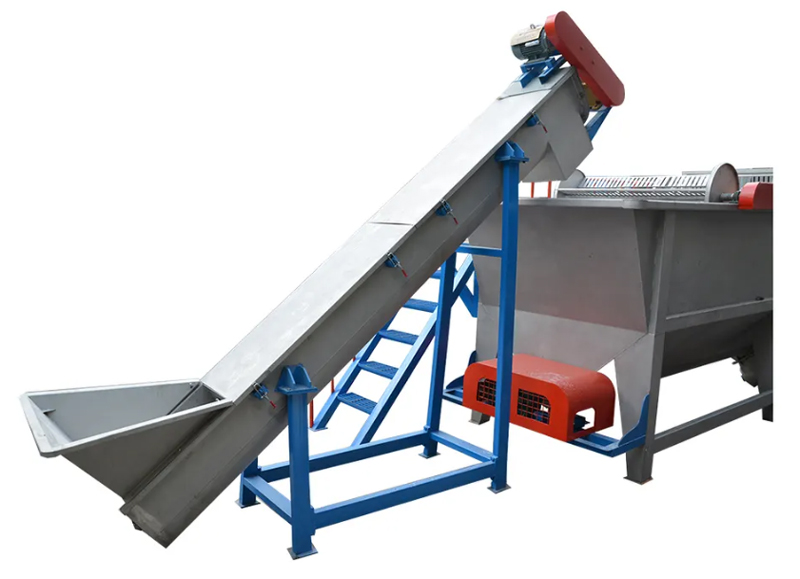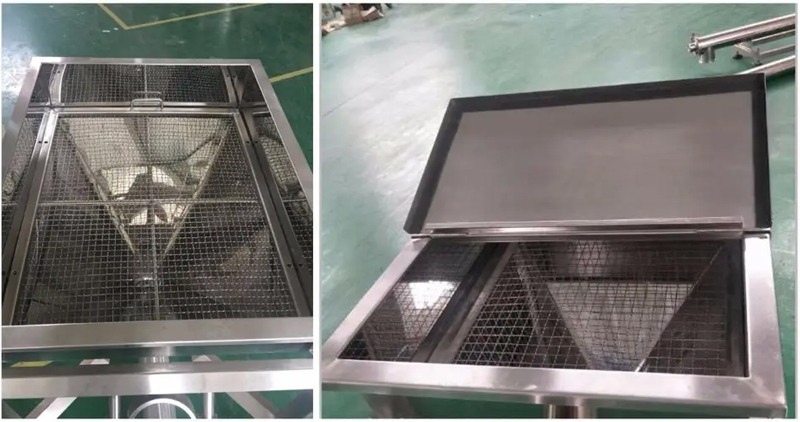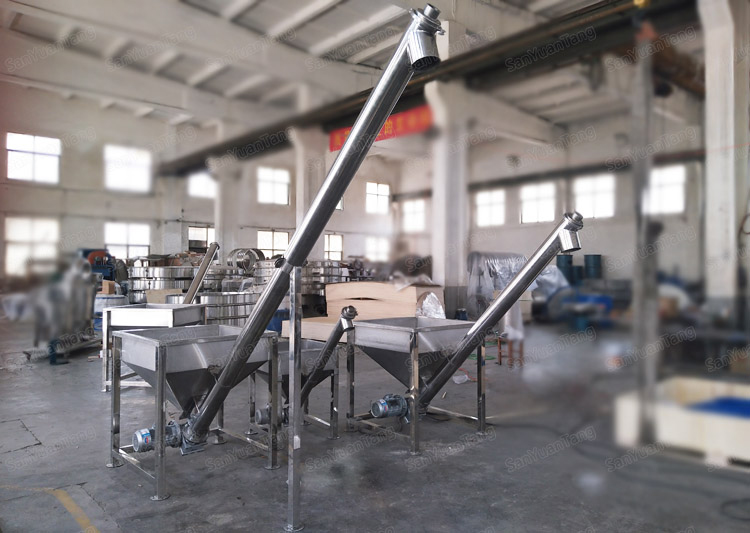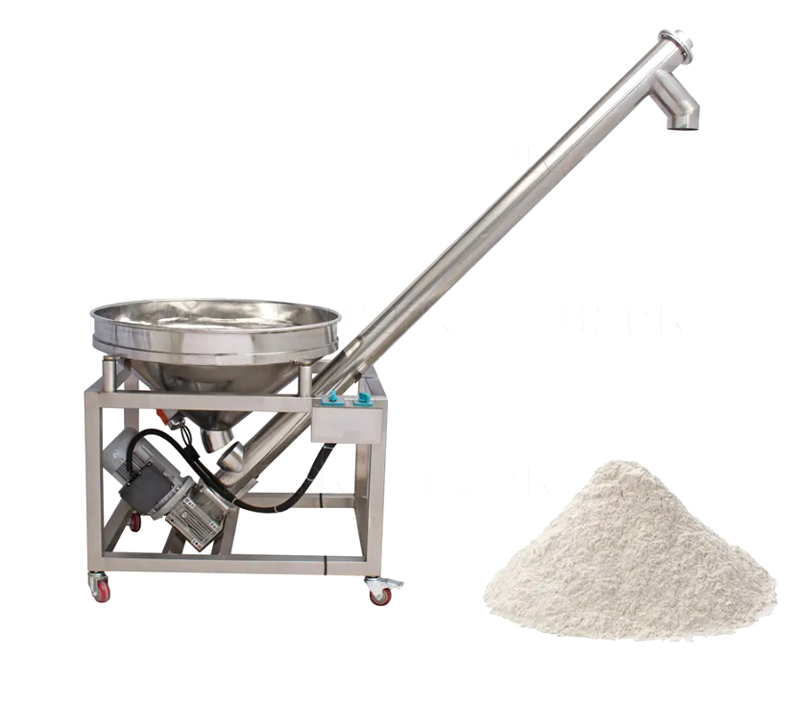Screw conveyors are commonly used in the agricultural industry for the handling and transport of various crops, including millet. The application of screw conveyors in millet transportation is to ensure efficient and gentle transportation of grains while ensuring product quality and safety. By choosing a conveyor designed for the unique requirements of millet handling, farmers and agricultural operators can increase the efficiency and consistency of the production process while ensuring compliance with food safety standards.

1. Transportation: Used to transport millet from one location to another, such as from a storage silo to a processing machine or packaging line. The conveyor is designed to transport the millet gently and without damage, ensuring that the grain remains intact and does not crumble or crack.
2. Loading and unloading: It can be used to load and unload millet from trucks or other transport vehicles. The conveyors are designed to handle the large volumes of millet that are usually transported by these vehicles.

Conveying millet via screw conveyor has several advantages, including:
1. Gentle handling: The screw conveyor blades move the millet along the conveyor without causing damage or breakage, ensuring that the grain remains intact and of high quality.
2. Efficient transportation: The screw conveyor is an effective way to transport millet over long distances and uphill, with a conveying length of up to 30 meters, thereby reducing the time and labor required to manually move the grain.
3. Clean and hygienic: 304 stainless steel is used, which will not pollute the millet and meets the hygienic requirements of the food industry.
4. Customizable design: Can be designed to meet the unique requirements of millet processing applications. Conveyors can be configured to the desired length, height and angle and can be equipped with various components such as hoppers, chutes and dust extraction systems.

Here are some examples of the use of screw conveyors in the agricultural industry for handling and transporting various crops:
Grain Elevators: Grain elevators in the United States use screw conveyors to move various grains, including millet, from storage silos to railroad cars for transport. Screw conveyors are designed to handle large quantities of grain and minimize dust emissions during transport.
Seed processing plant: A seed processing plant in India uses screw conveyors to transport millet and other seeds during the processing and packaging stages. The screw conveyor is designed to treat the seed gently and minimize damage or breakage during transport.
Feed Mill: A feed mill in Canada uses screw conveyors to transport various grains, including millet, from storage silos to mixing and processing equipment. Screw conveyors are designed to handle small and large quantities of grain and ensure a steady flow of material to processing equipment.
Agricultural cooperative: An agricultural cooperative in Australia uses screw conveyors to transport various crops, including millet, from the farm to storage and processing facilities. Screw conveyors are designed to be versatile and can be adapted to handle different types of crops and different quantities of material.
Conveyor design: The screw conveyor must be designed to handle millet without damaging the grain or causing excess dust. The conveyor should be constructed from materials that are resistant to corrosion and wear, such as stainless steel or other durable alloys.
Speed and capacity: The speed and capacity of the conveyor must be carefully calculated to ensure that it can handle the required volume of millet while maintaining a consistent feed rate. The conveyor should be equipped with a variable speed drive to allow for adjustments based on changing crop conditions.
Hopper design: The hopper that feeds the millet into the screw conveyor must be designed to prevent clogging and ensure a consistent flow of grain. The hopper should be equipped with a vibrator or other device to prevent bridging or clumping of the millet.
Dust control: The screw conveyor should be designed to minimize dust emissions, as millet can create a significant amount of airborne dust during transport and processing. The conveyor should be equipped with dust collection and filtration systems to prevent dust from escaping into the surrounding environment.
Sanitation: The screw conveyor should be constructed from materials that are easy to clean and sanitize, ensuring that the conveyor is free from contamination and meets food safety standards. This is particularly important in the handling of food crops such as millet, which must be free from contaminants and bacteria.

Overall, the use of a screw conveyor for feeding millet can help to improve the efficiency and consistency of the feeding process while minimizing the risk of damage to the grain and reducing dust emissions. By choosing a conveyor that is specifically designed for the unique requirements of millet handling, farmers and agricultural operators can enhance the effectiveness and sustainability of their operations.
Address:China,Yanjin county forest park gate to the west 1000 meters north road.